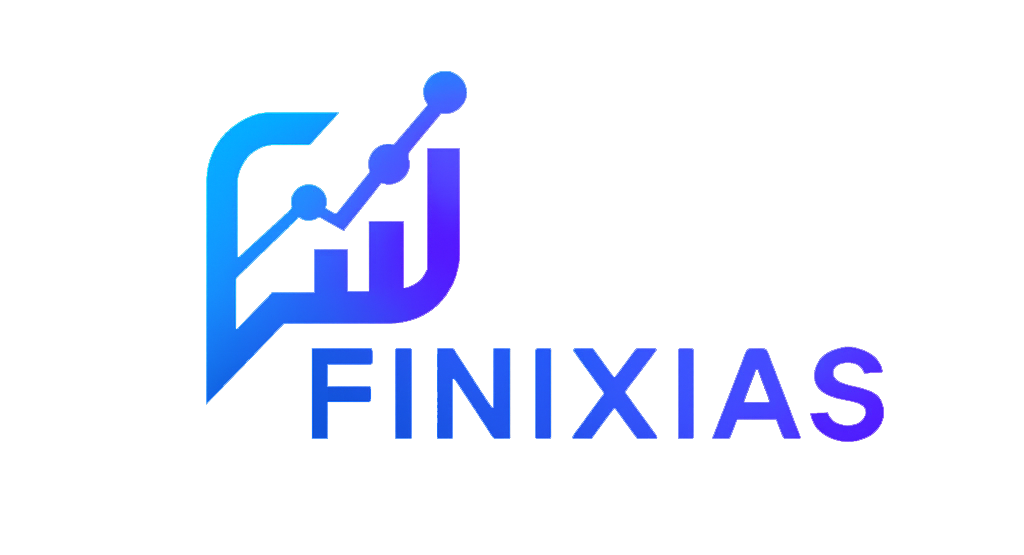Using MetaTrader to Learn Trading: A Friendly Essential Guide for Beginners
MetaTrader — whether it’s version 4 (MT4) or 5 (MT5) — is a globally recognized platform for practicing online trading. It offers a complete setup for beginners to get hands-on experience in near-real conditions, especially through the demo account feature. This platform is a valuable tool to get comfortable with trading discipline, test strategies, and manage orders — all without risking any real money.
Why Choose MetaTrader to Learn Trading?
MetaTrader mirrors the real markets closely, showing live quotes and letting you place orders just like on a live account. This helps you get familiar with how trading works but in a risk-free environment. Plus, it comes packed with customizable technical indicators that are essential for market analysis. The platform is flexible enough to let you experiment with different strategies and setups — making it your own little trading lab.
Getting Started: Setting Up Your Demo Account
Before diving in, you’ll want to create a demo account. This lets you trade with virtual funds in a realistic environment, perfect for learning without any financial risk.
Just download MetaTrader 4 or 5 from the official site or your preferred broker — popular ones include Admiral Markets, XTB, or IG. Installation is quick and works on computers, tablets, or phones.
Once installed, sign up for a demo through your broker’s site by filling out a simple form with your name, email, currency preference, leverage, and a fake balance (say €5,000 to keep it realistic). You’ll get login details by email. Open MetaTrader, go to “File” > “Login to Trade Account,” enter your info, select the server, and you’re set to explore the markets live but without the risk.
Understanding the Basics on MetaTrader
Before placing your first order, it’s key to know how the tools work.
A market order executes immediately at the current price, while a pending order waits to trigger when the price hits a level you choose. Both give you control depending on your strategy.
Start small — micro lots are perfect for beginners, letting you manage risk with less pressure.
Two vital tools to master: Stop Loss limits your losses if the market goes against you, and Take Profit locks in gains once your target is hit. Using these builds disciplined trading habits.
Keeping Your Workspace Simple and Effective
Less is more here. Stick to one or two charts with a clean, neutral background — light or dark, whatever suits your eyes.
Use Japanese candlesticks; they show price movements clearly.
Don’t overload your charts with indicators. A simple moving average helps spot overall trends, and the RSI shows if the market is overbought or oversold — useful for spotting possible reversals.
A tidy interface keeps your focus on what matters: analyzing the market.
Building a Solid Trading Plan
Trading isn’t guesswork. Always have a clear reason to enter a trade — a technical signal, a key chart level, or a mix of both.
Decide beforehand where your Stop Loss goes — that’s the price point that means your trade idea didn’t pan out. Set a Take Profit target too. Planning like this keeps emotions out of the game, even when you’re trading demo money.
Placing Your First Trades with Confidence
When you’re ready, start with small volumes — micro lots again. Pick the order type that suits your plan: market orders for immediate entry, pending orders for precise triggers.
Never skip Stop Loss and Take Profit. Even in demo mode, this discipline is crucial for real trading success.
Learn and Improve by Reviewing Every Trade
Every trade teaches you something. Keep a trading journal: note the date, asset, buy or sell, entry price, Stop Loss, Take Profit, outcome, and your thoughts.
Review your notes regularly to spot mistakes, recognize strengths, and tweak your strategy. This habit sharpens your trading mindset.
Build a Daily Learning Routine
Trading takes consistency. Spend 20 to 30 minutes daily analyzing markets on your demo account.
Focus on just a couple of assets to avoid overwhelm.
Trade when markets are active — European and US session openings are great times.
This steady practice builds reflexes, confidence, and skills faster.
Mastering Key MetaTrader Features
Get comfortable with the platform’s layout:
- Market Watch shows live prices.
- The chart window displays price action with customizable visuals.
- Navigator gives access to your accounts, indicators, and expert advisors.
- Terminal is where you track open trades, pending orders, history, and alerts.
Knowing these tools inside out makes trading smoother and more efficient.
Wrapping Up
MetaTrader is much more than a trading platform — it’s a free, all-in-one training ground to analyze markets, place orders thoughtfully, and develop your strategy.
With regular practice, a solid plan, and by leveraging MetaTrader’s features, you’ll build a strong foundation before going live. The effort you put into learning today will pay off tomorrow.

